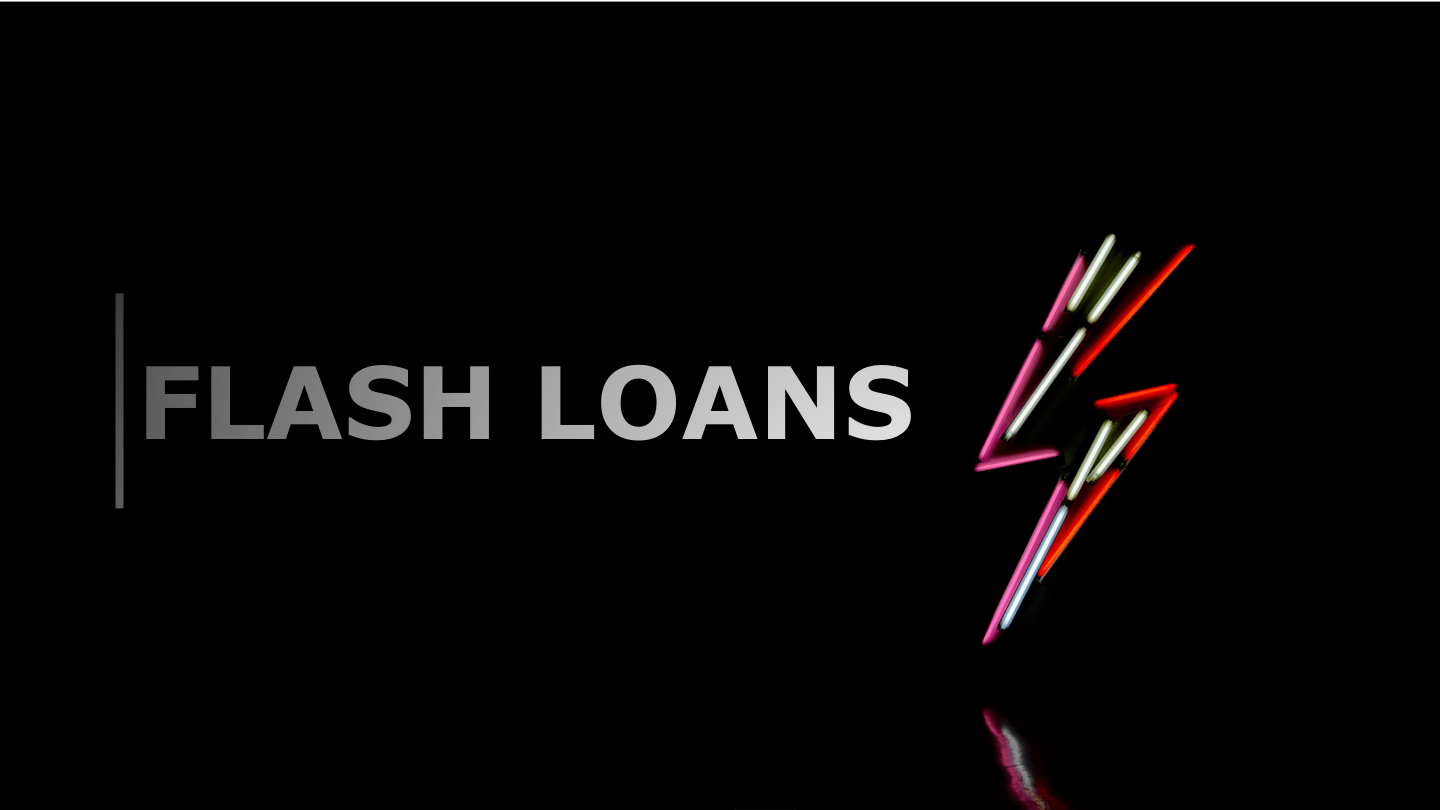Navigating the High-Speed World of Flash Loans: A Technical Guide to Earning from Arbitrage and Leverage
 Immanuel John
Immanuel John
A flash loan is a type of loan that is made available for a very short period of time, typically just a few seconds to a few minutes. The key characteristic of a flash loan is that it is collateral-free, which means that borrowers do not need to put up any assets as collateral in order to take out the loan. Instead, flash loans are typically secured by the borrower’s reputation and ability to repay the loan quickly.
One way to earn from flash loans is through the use of arbitrage strategies. Arbitrage is the practice of taking advantage of a price difference between two or more markets. In the context of flash loans, this means borrowing an asset at a low price in one market and then quickly selling it in another market where the price is higher. The difference between the two prices is the profit earned from the arbitrage trade.
To earn from flash loans, you will need to have a good understanding of the different markets where the assets you are interested in trading are traded, as well as an understanding of the different prices of those assets across those markets. This information can be obtained by manually monitoring prices on different exchanges, or by using an arbitrage bot, which is a program that automates the process of identifying and executing arbitrage trades.
Another way of earning from flash loans is by using them as leverage to amplify gains from other trading strategies. For example, Flashloan can be used to borrow large amounts of assets to then trade with margin. However, this method also increases the risk of losses and proper risk management is crucial in this use case.
Additionally, flash loans can also be used to provide liquidity to DeFi protocols, which can earn you returns in the form of interest on the assets you provide as liquidity.
It is important to mention that flash loans are extremely high-risk and high-reward, and require technical expertise, as well as a deep understanding of the smart contracts involved. Before attempting to use flash loans, you should make sure you are fully aware of the risks and have a good understanding of the underlying technology. Additionally, always make sure you are dealing with trusted platforms, and have a clear understanding of the smart contract code and their safety mechanisms.
To use flash loans, you will need to interact with a smart contract on the Ethereum blockchain that implements the functionality for flash loans. The most popular protocol for flash loans currently is the Aave protocol, which allows users to borrow and lend assets in a decentralized manner.
Interacting with a flash loan smart contract typically involves the following steps:
Approve the smart contract to transfer a certain amount of an asset from your account. This step is necessary to ensure that the smart contract can transfer the assets you want to borrow without the need for your further authorization.
Call the “flash loan” function of the smart contract with the desired amount of assets to borrow, and the address of the destination where you want the assets to be sent.
Perform your desired trade or action with the borrowed assets, such as selling them on a different exchange for a higher price.
Repay the borrowed assets plus the interest within the short timeframe to the smart contract.
It’s worth mentioning that flash loans are complex to use, especially for people with no prior experience in smart contract, making sure you understand all the steps and the requirements is crucial.
An important technical consideration when using flash loans is the need to ensure that the assets can be repaid in full within the short time frame before taking out the loan. This is because the assets are borrowed without collateral, and if they cannot be repaid in full, then the loan will default, potentially resulting in significant losses.
Another technical aspect to keep in mind is gas cost, as flash loans are more computationally expensive than regular loans and can consume a large amount of gas.
It’s also important to use a tool such as a flash loan calculator that helps you understand the total cost of the flash loan and the potential return, this will help you make better-informed decisions.
In summary, flash loans are a powerful tool that allow you to borrow assets without collateral for a short period of time and can be used to take advantage of market inefficiencies. However, they are complex, high-risk and require a deep understanding of smart contract technology, as well as proper risk management to use them safely. It is important to thoroughly understand the smart contract code, the requirements and the implications before attempting to use them.
Subscribe to my newsletter
Read articles from Immanuel John directly inside your inbox. Subscribe to the newsletter, and don't miss out.
Written by

Immanuel John
Immanuel John
Immanuel John is a Senior Software Engineer on a mission to revolutionize the world of Blockchain technology. Since his graduation in 2018, Immanuel has been at the forefront of the Web3 movement, starting with their work on Ethereum POCs using ERC-20 and ERC-721 contracts at a fintech startup in Bangalore, India. Immanuel's expertise in Java Springboot has also made them a valuable asset for backend development, but he didn't stop there. In his most recent role at Mindfire Solutions, Immanuel has taken his skills to new heights, diving into the exciting world of Rust programming and building a DEX on the Polkadot Substrate framework. This has allowed Immanuel to gain a deep understanding of Blockchain interoperability and the rapidly expanding DeFi, DAO, and NFT spaces. With his passion for learning and staying up-to-date on the latest developments in the Blockchain world, Immanuel is always ready to tackle new challenges and push the boundaries of what is possible with this revolutionary technology. And now, Immanuel is thrilled to bring their skills and experience to the Ternoa Blockchain core team as a Rust Substrate Engineer. With his strong foundation in Ethereum and his expertise in Rust programming, Immanuel is ready to take on any project and make their mark on the Blockchain world. Get ready for the future of Blockchain, because Immanuel John is leading the charge.